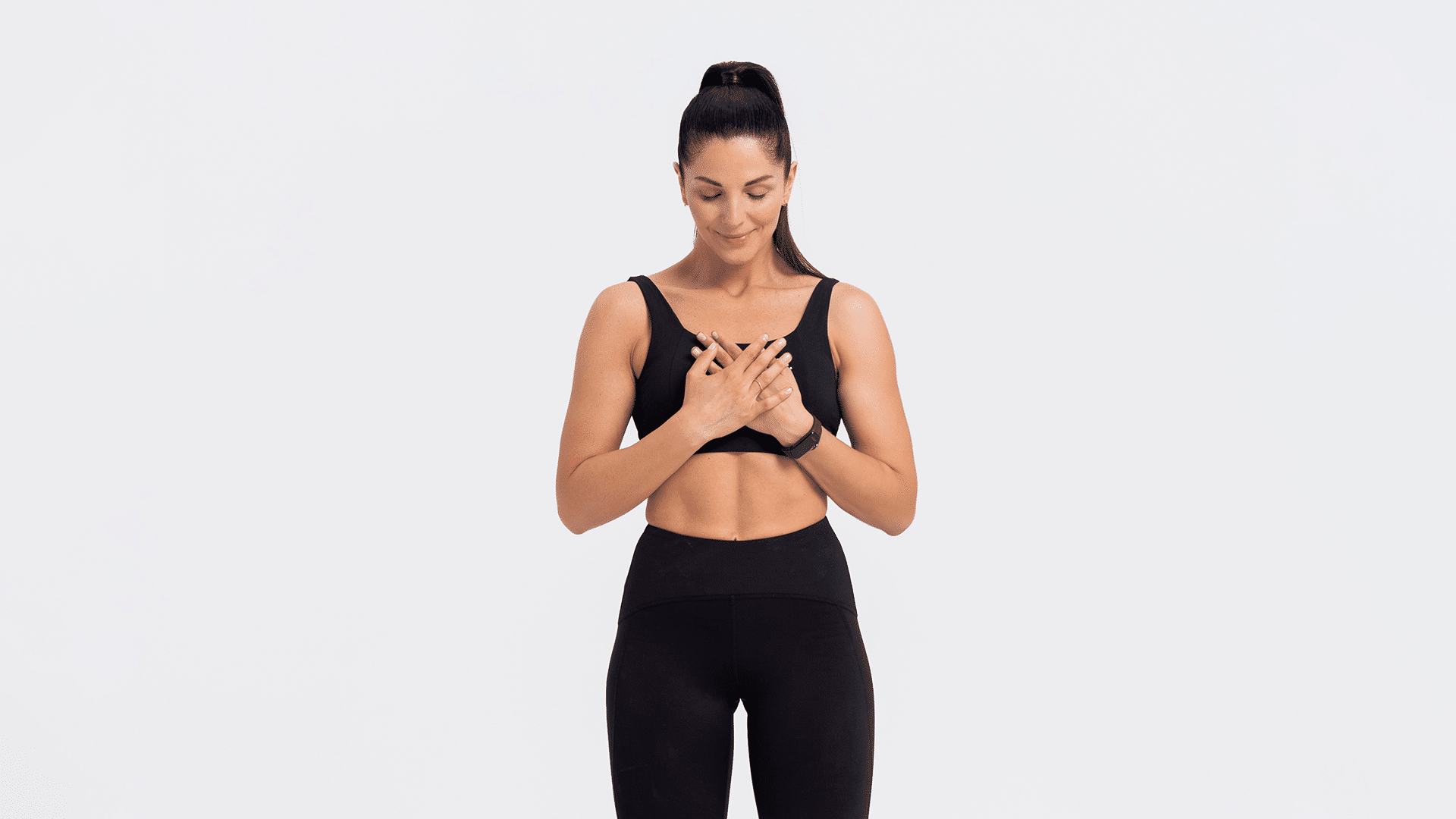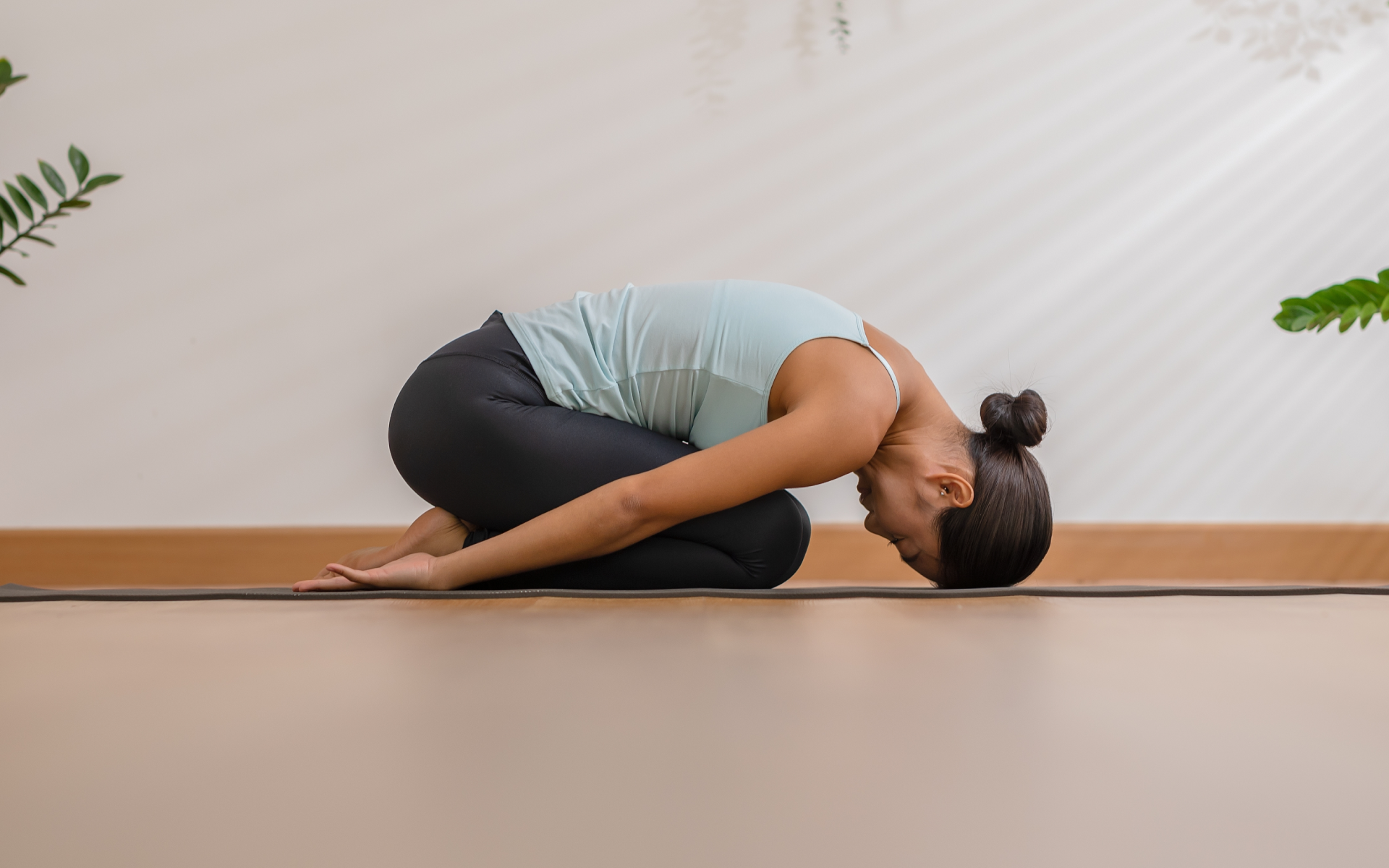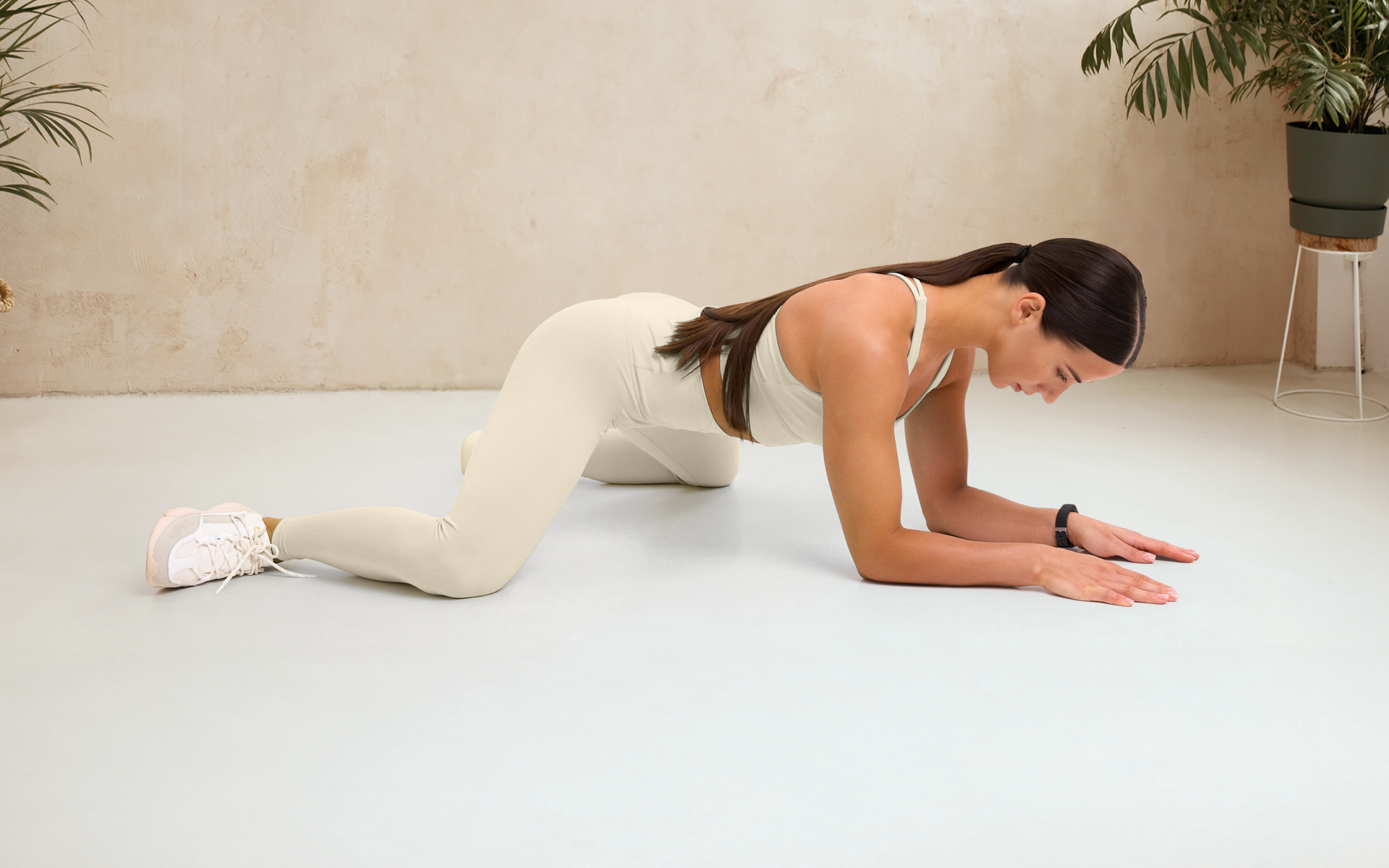Stress and trauma are terms we encounter more frequently these days. From the relentless demands of work to personal struggles and unforeseen life events, our bodies often endure the impact of these pressures. But what exactly do stress and trauma entail, and how do they manifest within us?
Stress is a normal reaction we all experience at various points in our lives, often triggered by the demands and pressures of daily activities (1). At the same time, trauma is an emotional response to a deeply distressing or disturbing experience that overwhelms an individual’s ability to cope (2). We know that stress and trauma affect our minds, but we often don’t hear about the impact they have on our bodies.
According to Dr. Bessel van der Kolk, author of The Body Keeps the Score, our bodies carry the imprints of traumatic experiences, manifesting as physical symptoms and chronic tension (3). He explains that trauma is stored in the body and that it alters the way we perceive and respond to the world. This can lead to a range of physical issues, from muscle pain and tension to digestive problems and chronic fatigue. Understanding this connection is essential for addressing the full impact of stress and trauma and for finding effective paths to healing.
This is where somatic experiencing (SE) therapy comes in. Developed by Dr. Peter Levine, SE offers a therapeutic approach to release this stored tension and achieve profound healing (4). This article delves into the essence of somatic experiencing, practical exercises, and the benefits of integrating these practices into your daily life.
What Is Somatic Experiencing Therapy?
Somatic experiencing (SE) is a body-centered therapy that focuses on resolving the physiological effects of trauma, with the primary goal of modifying the trauma-related stress response (5). Unlike traditional talk therapy, SE emphasizes the importance of bodily sensations and the role they play in the healing process. By reconnecting with bodily sensations, individuals can process and release the emotions that are trapped in their bodies due to traumatic experiences (6).
Think of it in this way: when we experience a disruptive event, our bodies react instinctively with a fight, flight, or freeze response. Sometimes, the energy from this response gets stuck in our bodies if it’s not properly processed or released. This can lead to various physical symptoms such as chronic tension, pain, or digestive issues, and can also cause emotional distress and worry (7).
SE helps by guiding us to reconnect with our bodily sensations in a safe and controlled way. Through simple exercises and mindful awareness, we can learn to notice our body’s responses, such as tightness, warmth, or tingling. By paying attention to these sensations, we can start to process and release the trapped emotions that are associated with our traumatic experiences.
Dive deeper into somatic psychology with our dedicated article.
What Do You Actually Do in Somatic Experiencing?
During an SE session, a trained therapist guides you through various exercises aimed at increasing bodily awareness and releasing stored tension. Certain components of a session may include:
- Grounding: Techniques to help you feel more connected to the present moment and the physical body. This may involve focusing on the sensations of the feet on the ground or noticing the feeling of the chair supporting the body. Grounding helps anchor you in the present, reducing feelings of worry or dissociation.
- Resourcing and Visualization: The therapist may guide you to recall positive memories, images, or experiences that evoke feelings of safety, comfort, and strength. These resources can then be visualized and used as tools to create a sense of inner stability and support during the session.
- Body Scans: The therapist will guide you through a systematic scan of the body, bringing attention to different parts to notice sensations, areas of tension, or discomfort. This practice helps increase bodily awareness and can reveal where stress or trauma may be stored.
- Self-Regulation: Throughout the session, the therapist will teach strategies to help you manage and soothe your physical and emotional responses to stress. This may include techniques such as deep breathing, gentle movements, or using the resources identified earlier. The goal is to help you develop skills to regulate your nervous system and build resilience.
Our previous post goes into great detail about somatic exercises for anger.
How Can I Do Somatic Therapy by Myself?
While somatic therapy is ideally guided by a trained therapist, certain somatic exercises can be integrated into your daily routine to help manage stress and increase bodily awareness. Here are 12 guided somatic exercises you can explore:
- Body Scanning: Take a few moments to mentally scan your body from your toes to your head. Note any areas of tension, relaxation, or discomfort, without any judgment. This helps you become more aware of where tension may be held in your body.
- Grounding: Focus on your breath and feel your feet firmly on the ground. Notice any sensations of your feet as they touch the ground, without any judgment. Grounding techniques help anchor you in the present moment. Additional grounding techniques include:
- Holding Hands to Cold Water: Place your hands in cold water for a few moments. Notice the sensation and how it changes over time. This can help bring you back to the present moment.
- Engaging with Your Environment: Touch or hold a textured object, such as a smooth stone or a piece of fabric, and focus on its feel. Describe the texture, temperature, and shape to yourself.
- 5-4-3-2-1 Grounding Technique: Identify five things you can see, four things you can touch, three things you can hear, two things you can smell, and one thing you can taste. This technique uses your senses to ground you in the present.
- Box Breathing: Practice box breathing by inhaling for a count of four, holding the breath for a count of four, exhaling for a count of four, and holding the breath out for a count of four. Repeat this cycle to promote relaxation and reduce stress.
- Voo Breath: Take a deep breath in and as you exhale make a deep “voo” sound with your mouth. You will feel the vibrations of this sound and this exercise can help release tension and activate the vagus nerve, which promotes a state of calm.
Read more: How To Use Somatic Breathing Exercises To Manage Stress
- Self-Hug: Wrap your arms around yourself in a gentle hug. This can create a sense of safety and comfort, helping to calm your nervous system.
- Progressive Muscle Relaxation: Systematically tense and then relax different muscle groups in your body, starting from your toes and moving toward your head. This technique can help release physical tension and promote relaxation.
- Imagery: Visualize a safe place or a positive experience whenever you feel stressed or overwhelmed. Use this imagery to counteract distressing thoughts or sensations.
- Somatic Movement: Engage in gentle, mindful movements such as somatic yoga or tai chi. Movement can help release stored tension and increase bodily awareness.
- Touch: Use gentle touch or self-massage to promote relaxation. This can be as simple as lightly rubbing your arms or shoulders to soothe yourself.
Incorporating these exercises into your daily routine can help you maintain a sense of well-being and manage stress more effectively.
Read more: Meditation State: Find Out How To Induce Deep Meditation
Benefits of Guided Somatic Experiencing Exercises
Incorporating guided somatic experiencing exercises into your daily life can provide numerous benefits. These exercises help reduce stress and worry by focusing on bodily sensations, which can diminish the mental chatter that often accompanies stress (8, 9). They also improve emotional regulation, which enables individuals to manage and process emotions more effectively (10, 11). Enhanced body awareness is another key benefit, as it increases the ability to sense and interpret bodily signals.
In addition, somatic exercises support the release of physical tension and energy associated with stored trauma, contributing to overall well-being by promoting a sense of physical and emotional balance.
To learn more about somatic exercises for weight loss, check out our in-depth article on the topic.
What Is the Most Effective Somatic Technique?
Determining the most effective somatic technique depends on your goals and needs, as research has shown several techniques to be beneficial. For those who are just starting, simple exercises such as grounding and body scans are highly recommended due to their accessibility and immediate impact. Ultimately, the effectiveness of a somatic technique varies from person to person. Starting with basic exercises such as grounding and body scans can provide a solid foundation, while exploring other techniques can help tailor the practice to meet specific needs and goals. Experimenting with different methods and paying attention to how your body responds can guide you to the most effective somatic practices for your personal well-being.
BetterMe: Health Coaching app helps you achieve your body goals with ease and efficiency by helping to choose proper meal plans and effective workouts. Start using our app and you will see good results in a short time.
Why Do People Cry During Somatic Workouts?
Crying during somatic workouts is a common occurrence. The exercises can bring about a release of stored emotions and physical tension, which provides a sense of relief and catharsis. This natural response allows emotions held in the body to surface and be processed, which facilitates healing. If these feelings or emotions persist, it’s beneficial to reach out to a trained therapist for additional guidance and support.
For more details about crying during meditation, take a look at our prior publication.
Reasons why BetterMe is a safe bet: a wide range of calorie-blasting workouts, finger-licking recipes, 24/7 support, challenges that’ll keep you on your best game, and that just scratches the surface! Start using our app and watch the magic happen.
FAQs
Does crying release stored trauma?
Yes, crying can help release stored unresolved emotions, providing emotional relief and helping with the healing process.
What are physical signs that your body is releasing trauma?
When your body is releasing emotions, you may experience various physical signs, including trembling or shaking, which can indicate the discharge of stored tension. Crying or laughing unexpectedly can be a way for your body to release pent-up emotions. Yawning or sighing frequently can signify a shift in your nervous system, helping regulate and release stress. Changes in breathing patterns, such as deeper or irregular breaths, may occur as your body adjusts and lets go of trauma. Tingling sensations in different parts of your body can also be a sign of energy and tension being released.
What emotions are stored in the neck and shoulders?
The neck and shoulders often hold tension and stress that is associated with feelings of burden, responsibility, and overwhelm.
What trauma is stored in the belly?
The belly can hold fear, worry, and unresolved stress, manifesting as gut reactions or physical conditions such as irritable bowel syndrome (IBS) (12). This is because the gut is closely connected to the nervous system, which is often referred to as the “second brain”. Emotional distress can lead to digestive issues or tension in the abdominal area as the body responds to psychological trauma by affecting physical health. This connection highlights the importance of addressing both emotional and physical aspects of trauma for holistic healing.
The Bottom Line
Research has shown that somatic experiencing therapy offers a powerful approach to healing trauma by reconnecting with the body (13). When practiced with a therapist, SE can provide profound benefits, from reduced stress and worry to improved emotional regulation and overall physical and mental well-being. If you’re looking to address both the psychological and physical symptoms of trauma, you should consider reaching out to a trained somatic experiencing therapist.
If you’re new to somatic exercises, give these 12 somatic exercises in this article a try to help improve your awareness of bodily sensations and release stored tension, which will help you embark on a journey of deep healing and transformation.
DISCLAIMER:
This article is intended for general informational purposes only and does not serve to address individual circumstances. It is not a substitute for professional advice or help and should not be relied on for making any kind of decision-making. Any action taken as a direct or indirect result of the information in this article is entirely at your own risk and is your sole responsibility.
BetterMe, its content staff, and its medical advisors accept no responsibility for inaccuracies, errors, misstatements, inconsistencies, or omissions and specifically disclaim any liability, loss or risk, personal, professional or otherwise, which may be incurred as a consequence, directly or indirectly, of the use and/or application of any content.
You should always seek the advice of your physician or other qualified health provider with any questions you may have regarding a medical condition or your specific situation. Never disregard professional medical advice or delay seeking it because of BetterMe content. If you suspect or think you may have a medical emergency, call your doctor.
SOURCES:
- Stress (n.d., apa.org)
- Trauma (n.d., apa.org)
- Book Review: The Body Keeps the Score: Brain, Mind, and Body in the Healing of Trauma (2021, ncbi.nlm.nih.gov)
- Peter A Levine, PhD (n.d., somaticexperiencing.com)
- Somatic experiencing – effectiveness and key factors of a body-oriented trauma therapy: a scoping literature review (2021, tandfonline.com)
- Somatic experiencing: using interoception and proprioception as core elements of trauma therapy (2015, frontiersin.org)
- Understanding the stress response (2024, health.harvard.edu)
- Breathwork Interventions for Adults with Clinically Diagnosed Anxiety Disorders: A Scoping Review (2023, mdpi.com)
- Is a Brief Body Scan Helpful for Adolescent Athletes’ Sleep and Anxiety Symptoms (2023, link.springer.com)
- Effect of breathwork on stress and mental health: A meta-analysis of randomised-controlled trials (2023, nature.com)
- Improvement of Interoceptive Processes after an 8-Week Body Scan Intervention (2017, frontiersin.org)
- Considering Gut Biofeedback for Emotion Regulation (2018, dl.acm.org)
- Corrigendum: Somatic Experiencing: using interoception and proprioception as core elements of trauma therapy (2015, frontiersin.org)












